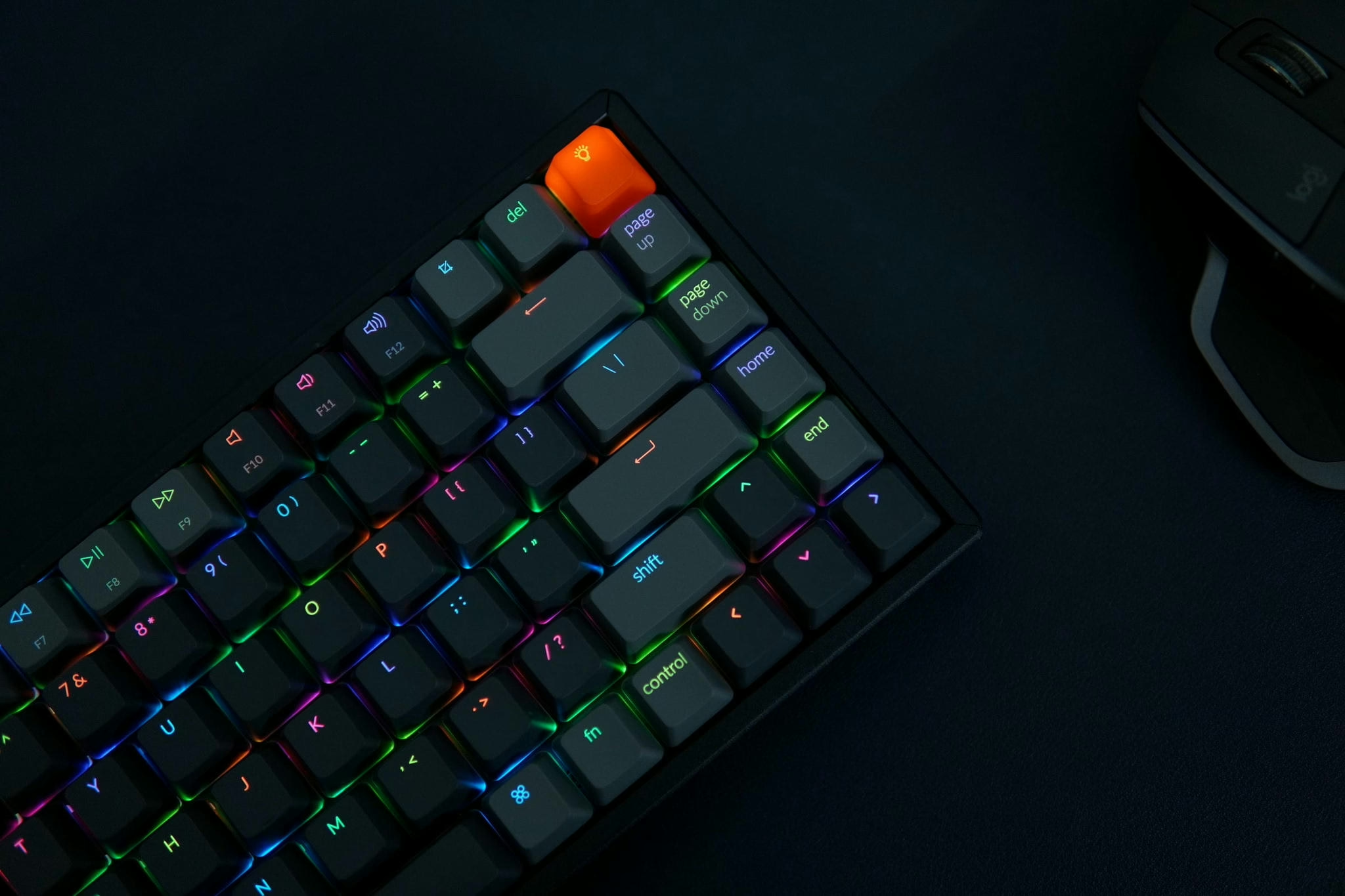Gaming keyboards are an essential part of a gamer's setup, offering features such as RGB backlighting, customizable macro keys, and faster key response times.
However, like any piece of technology, they can encounter various issues that disrupt their functionality.
This report provides a detailed guide keyboard troubleshooting, drawing from reliable sources and recent information.
Common gaming keyboard issues
1. Software compatibility
One of the primary issues with gaming keyboards is software compatibility. Most gaming keyboards require specific software to adjust settings like custom macro keys and RGB backlighting. Incompatibilities can lead to software crashes or improper functioning of the keyboard (HP Tech Takes).
Solution:
- Ensure that you have downloaded the latest version of the keyboard software from the manufacturer's website.
- Keep your drivers and firmware up-to-date to avoid compatibility issues (HP Tech Takes).
2. Connection issues
Connection problems can occur whether the keyboard is wired or wireless. A common issue is a loose or faulty connection, which can result in the keyboard not being recognized by the computer (TechRadar).
Solution:
- For wired keyboards, check the USB connection. Unplug and reinsert the USB connector to ensure a secure connection. Test the keyboard on a different USB port to rule out port issues.
- For wireless keyboards, ensure that the batteries are charged and that the wireless connection is stable (Robots.net).
3. Unresponsive or dead keys
Dead keys are a common problem, especially with mechanical keyboards. This issue can be caused by debris under the keycap or a faulty switch (TechRadar).
Solution:
- Restart the keyboard by disconnecting and reconnecting it.
- Remove the keycap and clean the area underneath to remove any debris.
- If the keyboard has hot-swappable keys, replace the faulty switch. Otherwise, consider desoldering and soldering a new switch (TechRadar).
4. Backlighting issues
RGB backlighting is a popular feature in gaming keyboards, but it can sometimes fail to function correctly. This can be due to software settings or hardware issues (HP Tech Takes).
Solution:
- Check the power connection and ensure that all cables are securely connected.
- Update the keyboard's firmware and adjust the backlight settings in the keyboard software.
- If the issue persists, consider turning off the backlighting to see if it resolves the problem (Robots.net).
5. Ghosting and key rollover
Ghosting occurs when a keyboard fails to register a keystroke, while key rollover issues arise when the keyboard cannot process multiple keys pressed simultaneously (HP Tech Takes).
Solution:
- Choose a keyboard with anti-ghosting and key rollover features to prevent these issues.
- Ensure that your keyboard's software is configured correctly to handle multiple simultaneous key presses (HP Tech Takes).
Maintenance and care
Proper maintenance can extend the lifespan of a gaming keyboard and prevent many common issues. Regular cleaning and avoiding spills are crucial for maintaining the keyboard's functionality (Asus Accessories).
Tips:
- Clean the keyboard regularly to remove dust and debris.
- Avoid eating or drinking near the keyboard to prevent spills.
- Consider using a keyboard cover for additional protection (Asus Accessories).
Keyboard Troubleshooting Conclusion
Gaming keyboards, with their advanced features, are susceptible to various issues that can hinder their performance. By understanding common problems such as software compatibility, connection issues, unresponsive keys, backlighting problems, and ghosting, users can effectively troubleshoot and resolve these issues.
Regular maintenance and choosing keyboards with robust features can also help prevent future problems. By following the solutions outlined in this report, gamers can ensure their keyboards remain in optimal working condition, enhancing their overall gaming experience.

